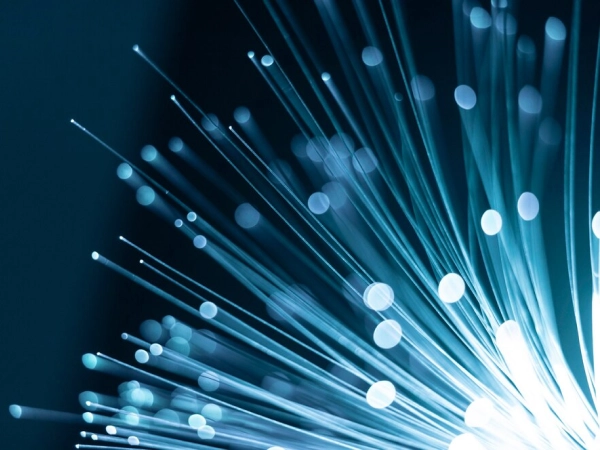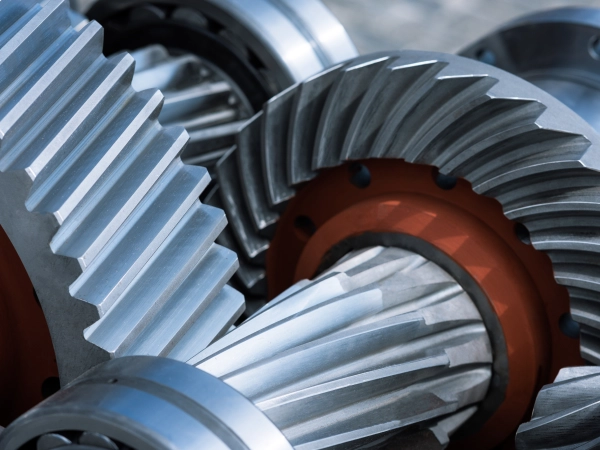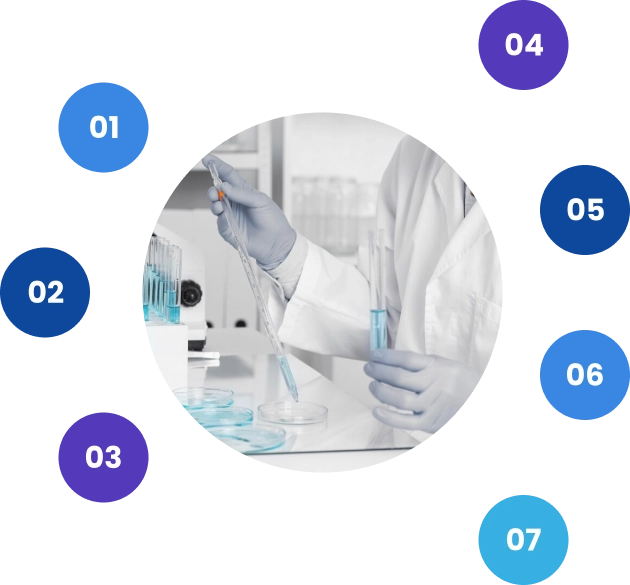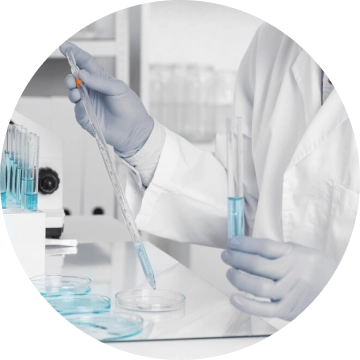
Dry Electrode Process
Overview
The dry process is characterized by being environmentally friendly and highly efficient, as it does not use solvents. It is particularly advantageous for producing thick film electrodes. In the case of PTFE (Polytetrafluoroethylene), a typical dry process binder, PTFE powder of tens to hundreds of micrometers in size is mixed with active materials and fibrillated through physical energy. After this process, the PTFE fibers coat the surface of the active materials, forming an electrode. The dry process eliminates the need for a drying step, allowing for the easy formation of thick film electrodes with high loading compared to wet processes. The properties of the electrodes can be controlled by adjusting the molecular weight, particle size, mixing speed, and time of the PTFE.
Dry Electrode Process Components
The dry process comprises stages and equipment such as Fibrillation, Feeding, Extrusion/Calendering, and Adhesion to the Current Collector.
These stages make the process highly compatible with roll-to-roll production. Key equipment includes LIW feeders, twin-screw extruders, and high-speed powder mills.
These stages make the process highly compatible with roll-to-roll production. Key equipment includes LIW feeders, twin-screw extruders, and high-speed powder mills.
Dry Electrode Process Working Principle
The dry process is conducted without solvents and can effectively produce dry electrodes through the following procedures.

Quantitative Feeding
Raw materials are supplied in precise quantities using an LIW feeder.

Fibrillation and Mixing
The binder is fibrillated through mixing in a twin-screw extruder.

Milling and Film Formation
Using a high-speed powder grinding device, fiberized raw materials are used
After crushing, cover the film with a film-type film.
Features
Environmentally Friendly
By not using solvents, the emission of volatile organic compounds (VOCs) is reduced, making it environmentally friendly.
Enhanced Production Efficiency
Eliminating the solvent removal and drying steps shortens process time and reduces energy consumption, thus improving overall production efficiency.
Ease of Thick Film Electrode Production
The dry process enables easy production of thick film electrodes with high loading, which increases energy density.


PTFE Fibrillation
PTFE powder is fibrillated through physical energy in the dry process. The fibrillated PTFE is uniformly distributed on the surface of the active material, enhancing the mechanical strength and electrical properties of the electrode.
Control of Electrode Properties
The properties of the electrodes can be controlled by adjusting the molecular weight, particle size, mixing speed, and time of PTFE, thereby optimizing electrode performance.
Compatibility with Roll-to-Roll Process
The dry process is highly compatible with roll-to-roll production, making it advantageous for mass production by increasing production speed and reducing costs.
Process Components
The dry process consists of dry mixing, fibrosis, feeding, extrusion/calendering, and bonding to the current collector. The main equipment includes quantitative feeders (LIW feeders), twin extruders, and high speed powder grinders.
Applications of the Dry Electrode Process
Battery Manufacturing
Widely used in the production of electrodes for lithium-ion batteries and other high-energy density batteries. The dry process allows for the adjustment of electrode thickness and production of high-loading electrodes, thereby enhancing battery performance.
Electronic Materials
Applicable in the manufacture of various electronic components, especially high-performance capacitors. The precise control of material properties in the dry process is beneficial for producing high-quality electronic parts.
Fuel Cells
Used in the production of fuel cell electrodes. The dry process allows for the control of the thickness and uniformity of the catalyst layer, improving the efficiency and lifespan of fuel cells.
Aerospace and Automotive Industries
Useful in the manufacture of high-performance composite materials. Suitable for aerospace and automotive parts where lightweight and durability are important.
Polymer Processing
Can be used to produce high-performance polymer composites through the combination with various polymer materials. Applicable in fields such as construction, sports equipment, and bulletproof materials.
Medical Devices
Can be used in the production of specific parts of bio-composites and medical devices. The precise control capability of the dry process is suitable for manufacturing high-precision medical components.
Filters and Membranes
Utilized in the production of high-efficiency filters and membranes. The dry process allows for the control of microstructures, making it advantageous for producing high-performance filters and separation membranes.
In addition to these applications, the dry process has significant potential in various advanced technology fields such as new material development, energy storage devices, and environmentally friendly products. The advantages of the dry process, including minimized solvent use, production efficiency, and environmental friendliness, are expected to be beneficial in various industrial fields.

